6 Mistakes Golfers Make When Choosing A Putter
Joe Ferguson examines how you can avoid some common pitfalls the next time you look to change putters
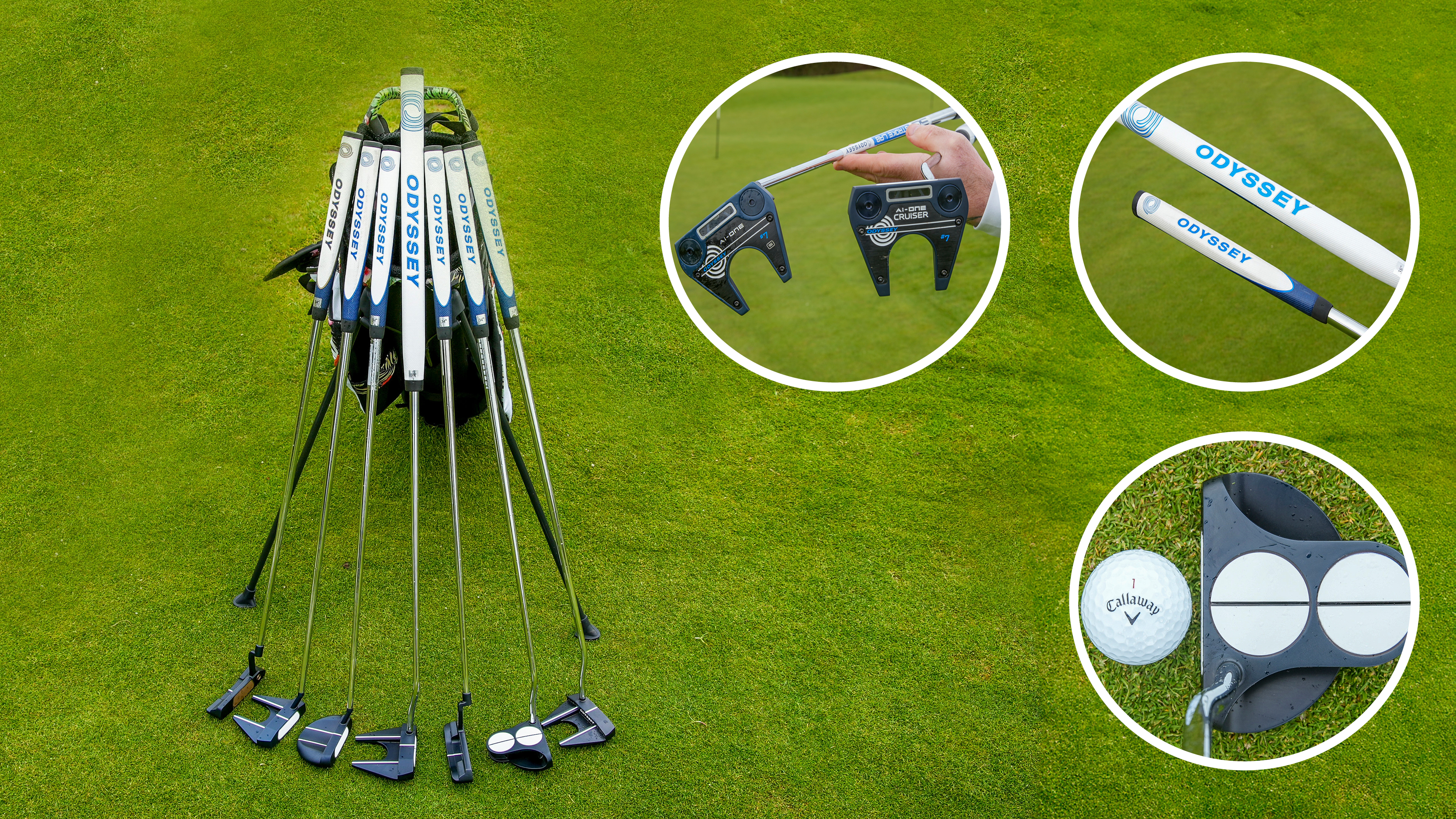

We all know that putting is one of the most important areas of the game for your score, but I still see loads of people making really avoidable mistakes when buying a new putter. We’ve partnered up with Odyssey Golf to highlight exactly what these mistakes are and it has supplied us with some putters from its Ai-ONE range to help, so let’s take a look and see if we can help you make some better choices.
1. Not considering your ball of choice
Now this might seem like a strange one to start off with, but bear with me, I promise it is an important one. One of the key elements of putting is feel, and one of the key influences on that feel is the ball.
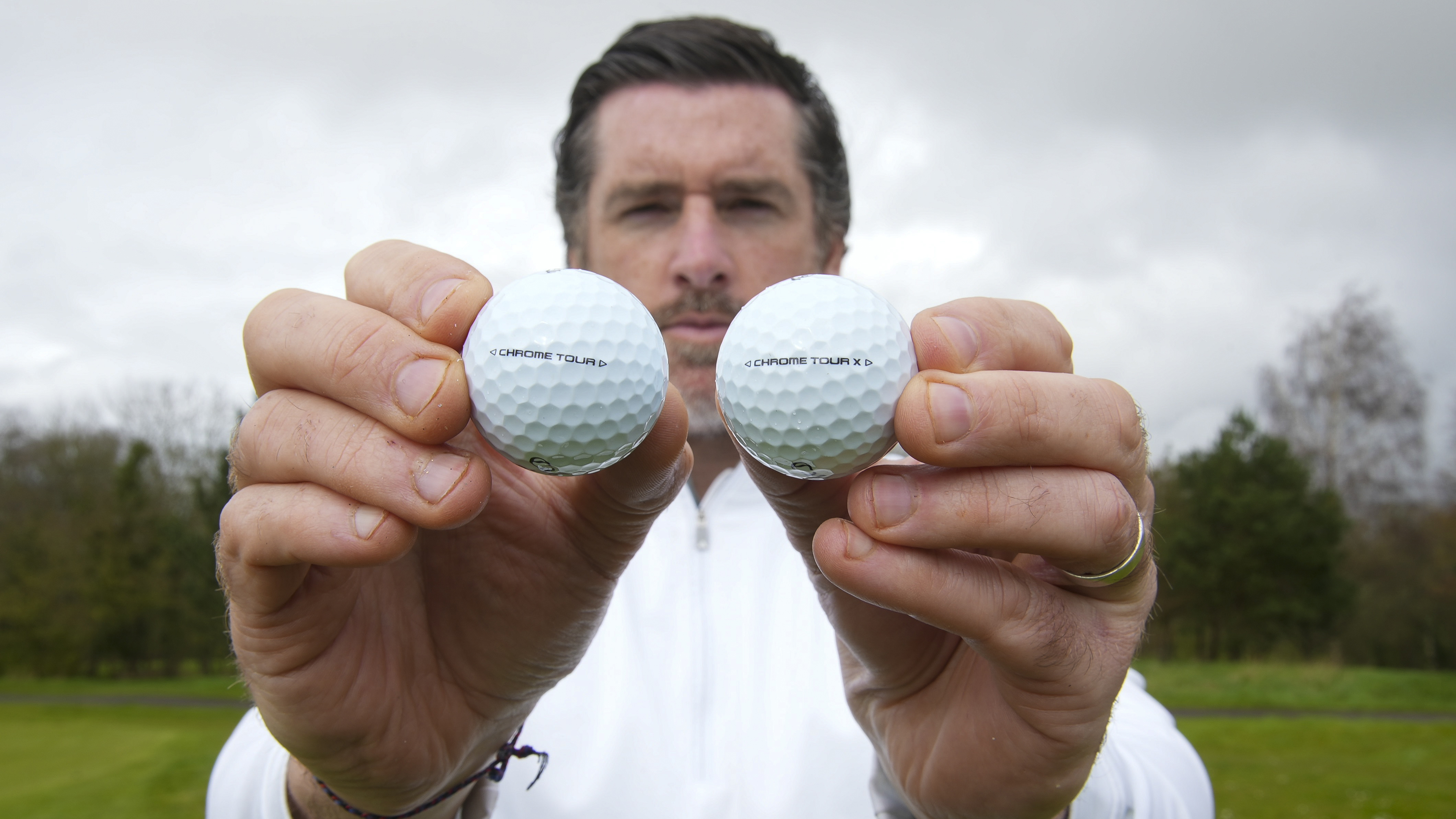
Let's just say for example, you have found a model you are keen on, you like everything about it, the looks, the ease of alignment, and the feel off the face are exactly what you are after, but you have been doing your testing or even your custom fitting with a Chrome Tour golf ball yet you play the Chrome Tour X? Well the feel is going to be very different when you take delivery of your new flat stick, and it’s not just the feel that can be compromised, it’s your pace control. Different balls can come off the face at different speeds so make sure that you are considering your ball when making your putter choice.
Furthermore, none of us are perfect, so checking you are happy with the feel of your potential putter on off-center strikes is also very important and the new multi-material Ai-ONE insert from Odyssey can help with this. It is uniquely contoured on the back to minimize ball speed loss from mis-hit putts while also retaining a more responsive feel. Most 'standard' inserts are designed with a uniform depth or thickness, and Odyssey's testing shows that the forgiving Ai-ONE insert facilitates poorly struck putts getting on average 21% closer to the hole.
2. Not understanding toe hang
You have probably heard of the concept of toe hang right? For those that haven’t, it is simply a measure of the orientation of the head when held unaided horizontally. For example, a putter that came to rest with the face pointing directly at the sky would be considered face-balanced, whereas others that sit with the toe pointing downwards have toe-hang of varying degrees. But do you know what style of stroke these different flows suit and more importantly, do you know what type of stroke you have?

Face-balanced putters don’t want to rotate as freely during the stroke and tend to suit more square-to-square style strokes with minimal arc. On the other end of the spectrum, heavier toe hang putters rotate more freely and will generally suit players with a more pronounced arc to their putting stroke.
But how do you figure out where you sit on that spectrum? Well, the easiest way is to book a custom fitting with an experienced fitter who will be able to use technology such as Capto, SAM putt lab, or a Foresight Sports GCQuad to precisely measure your stroke characteristics. If that isn’t an option for you, you can always ask a friend to video your stroke from above in slow motion, using an alignment stick as a straight line, and this should give you a good idea of how much arc and face rotation you have in your stroke. It’s not perfect, but it can give you some idea of where to start looking.
Subscribe to the Golf Monthly newsletter to stay up to date with all the latest tour news, equipment news, reviews, head-to-heads and buyer’s guides from our team of experienced experts.
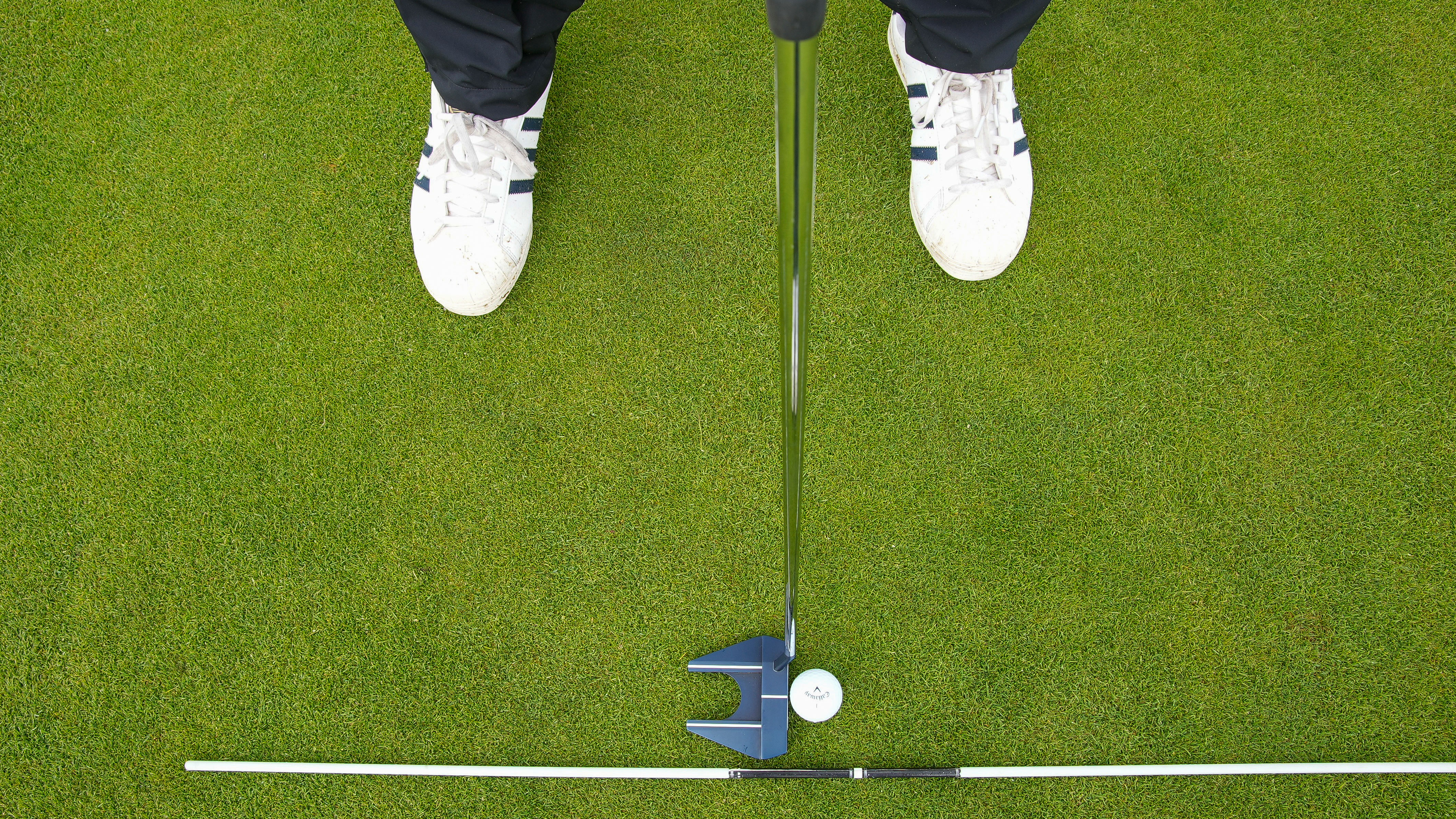

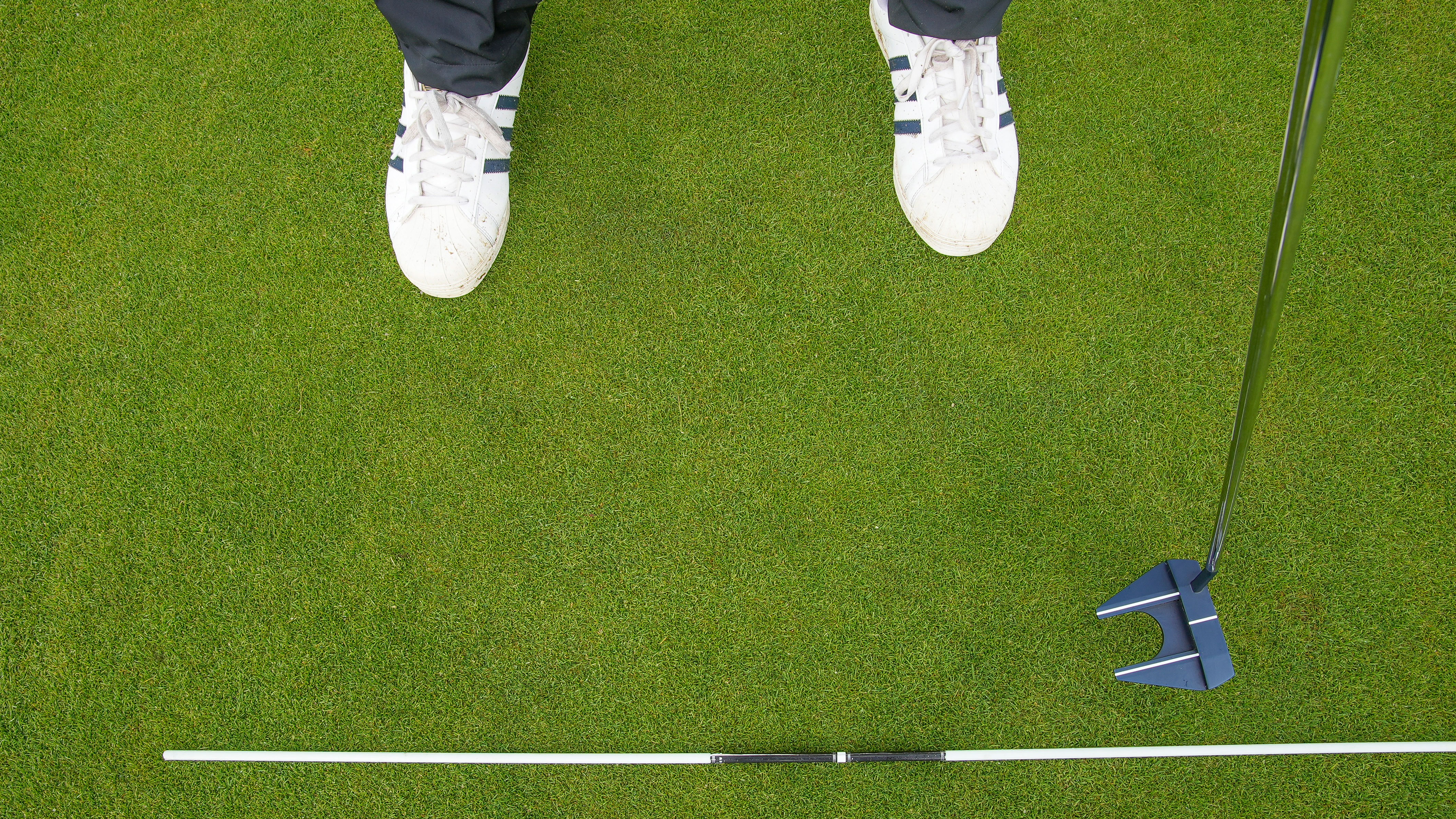
3. Forgetting about the shaft
The shaft is one of the most under-thought-about areas of putter selection. We can spend ages procrastinating over which profile, flex, and bend point we need in our drivers, but I would wager that many of us haven’t even considered the shaft in our putter.
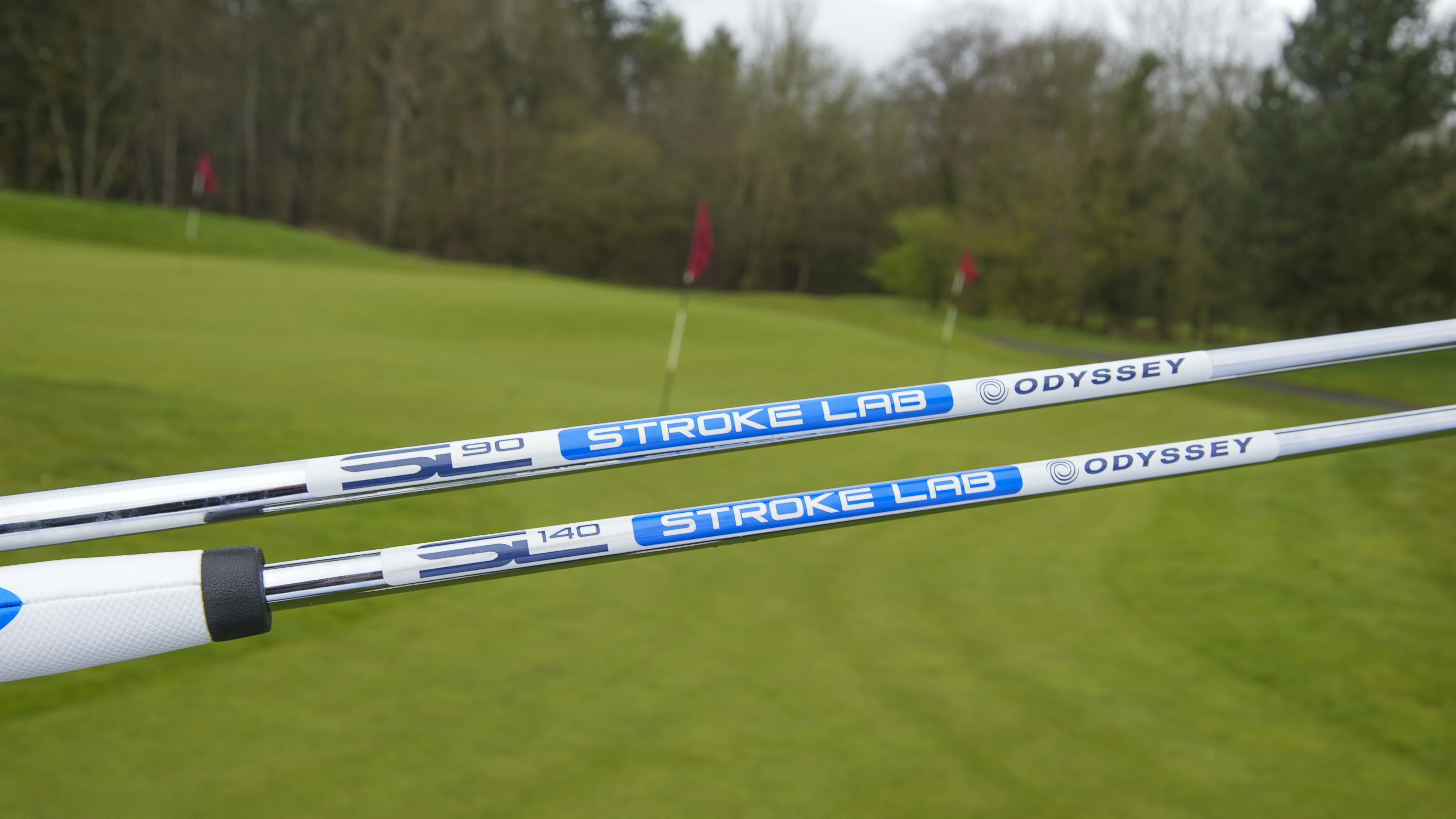
Odyssey's Stroke Lab shafts have been specifically designed to assist with feel and performance on the greens
Well in recent years, companies have been putting more and more research into this and now offer putter shafts in a multitude of flexes and material compositions. Odyssey for example has the SL 90 shaft in most of the Ai-ONE models, which is a lightweight steel shaft featuring 20-30 grams of counterbalancing depending on the weight of the head model it's going into.
Some specialist shaft companies offer graphite putters shafts of varying weights and flexes to suit different stroke types. The shaft is the vessel that transmits impact feel to the hands so there is a real opportunity to fine-tune the sensation you are looking for by selecting the correct one.
4. Underestimating the importance of the grip
As the only point of contact with the club, the grip is another vital component to get right. Nowadays there is just about every thickness, shape, weight, and texture you could imagine, so getting the right one for you can be a confusing process.
It’s not just comfort and feel that are important here - although that’s obviously a consideration - the right putter grip can actually influence your performance and I will give you a couple of examples. Firstly, many people have found going to a thicker putting grip can be helpful in terms of minimizing the hands' abilities to influence the club face, and have found it particularly useful on the shorter putts. However, some people have found that they lose some feel on the longer putts so there can be a trade-off.
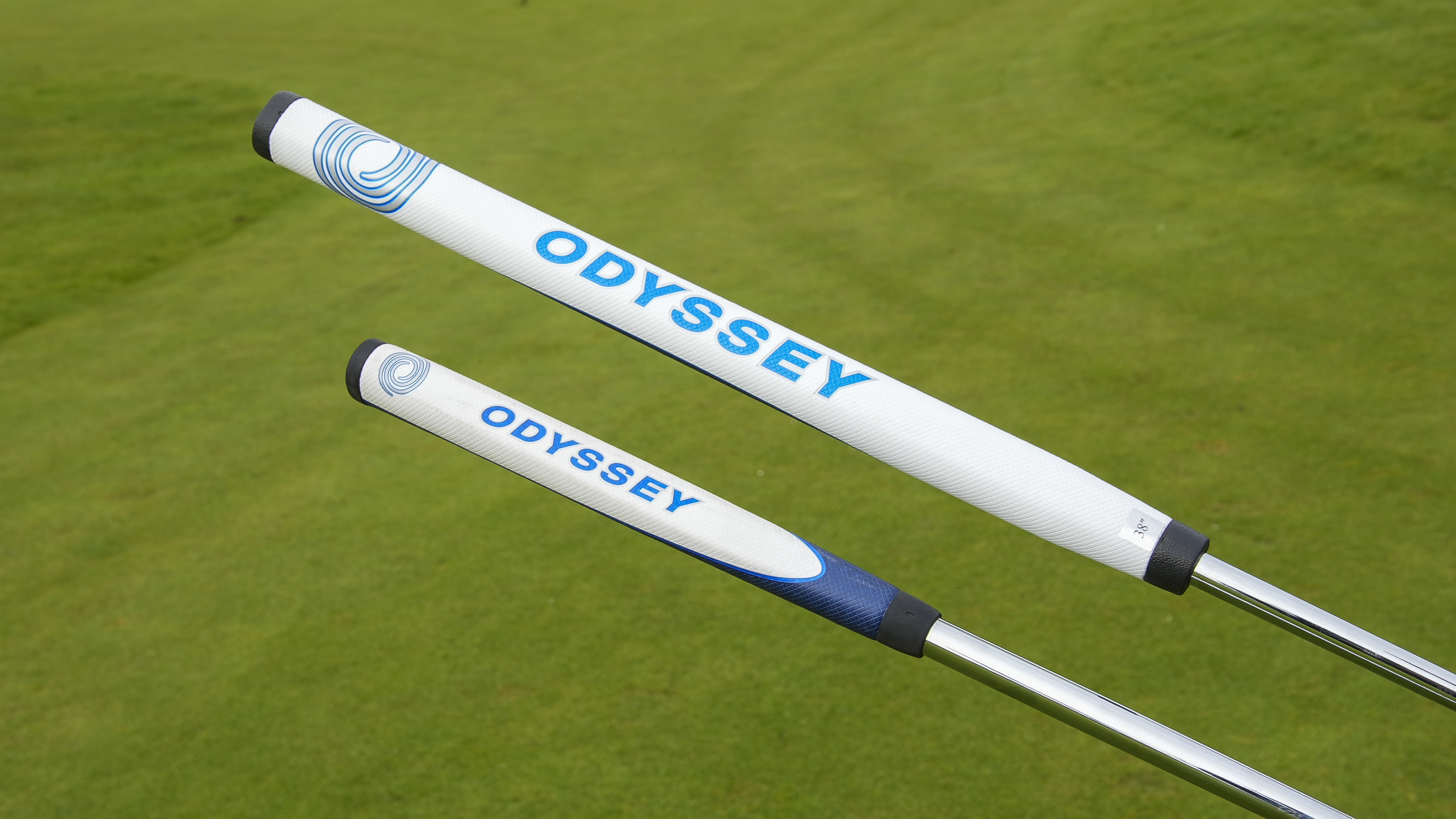
Odyssey offer a choice of grips on all of its putter ranges
Grip weight also has a huge influence on the feel of a putter and as such the performance. With grips ranging from 50 grams to well over 100 grams, this certainly needs to be considered. A light grip will actually increase the swing weight of the club as the balance of the mass moves further down toward the head and vice versa. Once again a good fitter will be able to guide you through this process.
5. Not considering ‘non-standard’ designs
Just pay attention the next time you switch on the PGA Tour coverage, and you will see there is most certainly not just one way to putt nowadays. For every player using a conventional style putter, you will now see at least as many utilizing other varieties such as broom handle (Adam Scott, Lucas Glover , Will Zalatoris), Armlock (Matt Kuchar), and counterbalance style putters, such as the Ai-ONE Cruiser models from Odyssey.
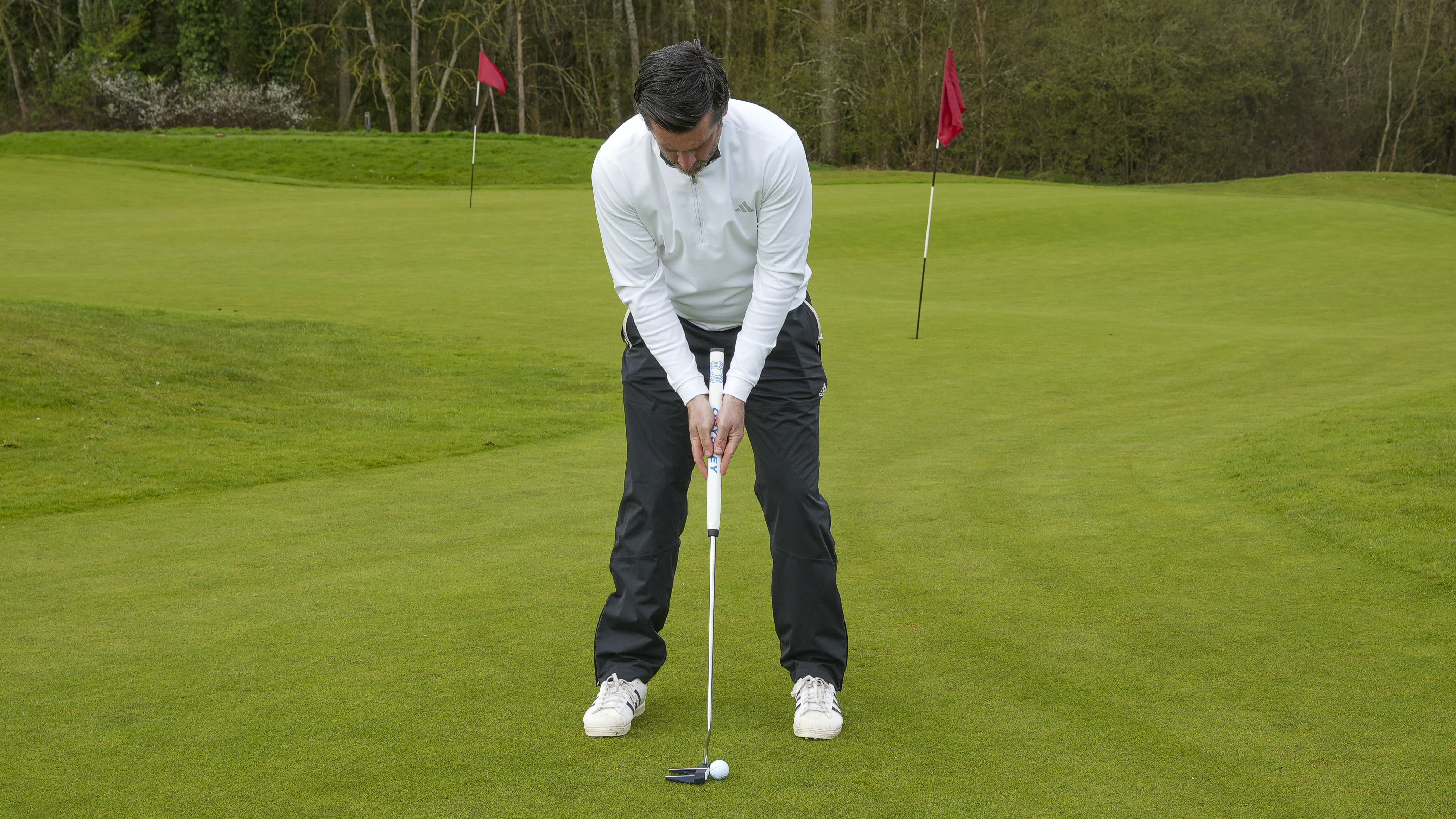
The Cruiser putter from Odyssey is a great way to create a more consistent stroke
And what’s different about a Cruiser? Well, to start with it’s longer than a conventional putter, it has a heavier shaft and a much heavier head. It’s also fitted with a longer 17-inch grip and when you swing these putters, it feels like the very unique weighting is doing all of the swinging for you rather than you needing to put the effort in.
Looking at non-conventional methods has revived the careers of Lucas Glover, Will Zalatoris, Rickie Fowler, and Wyndham Clark to name just a few. So surely you’d be foolish not to at least consider or try some alternatives?
6. Picking the wrong alignment cue
I once heard someone say, that you can have the best gun ever made, but if you don’t point it at your target then you aren’t ever going to hit anything and the same could be said for putters. You can spend hours grooving the most textbook-perfect stroke imaginable, but if you don’t have a putter you can line up consistently well, then you simply aren’t going to hole any putts.
With that in mind, it is crucial that you have a putter with the right alignment cues, and what do I mean by alignment cues? Well if you take a look around any pro shop, you will see numerous different options on the crown of the putters. Some will be blank, others will have a dot, single lines, multiple lines and some will even have golf ball-sized circles like the Odyssey Ai-ONE 2ball. The point is that everyone’s eyes are different and will respond better to certain types of shapes in terms of alignment, so companies like Odyssey provide a multitude of options.
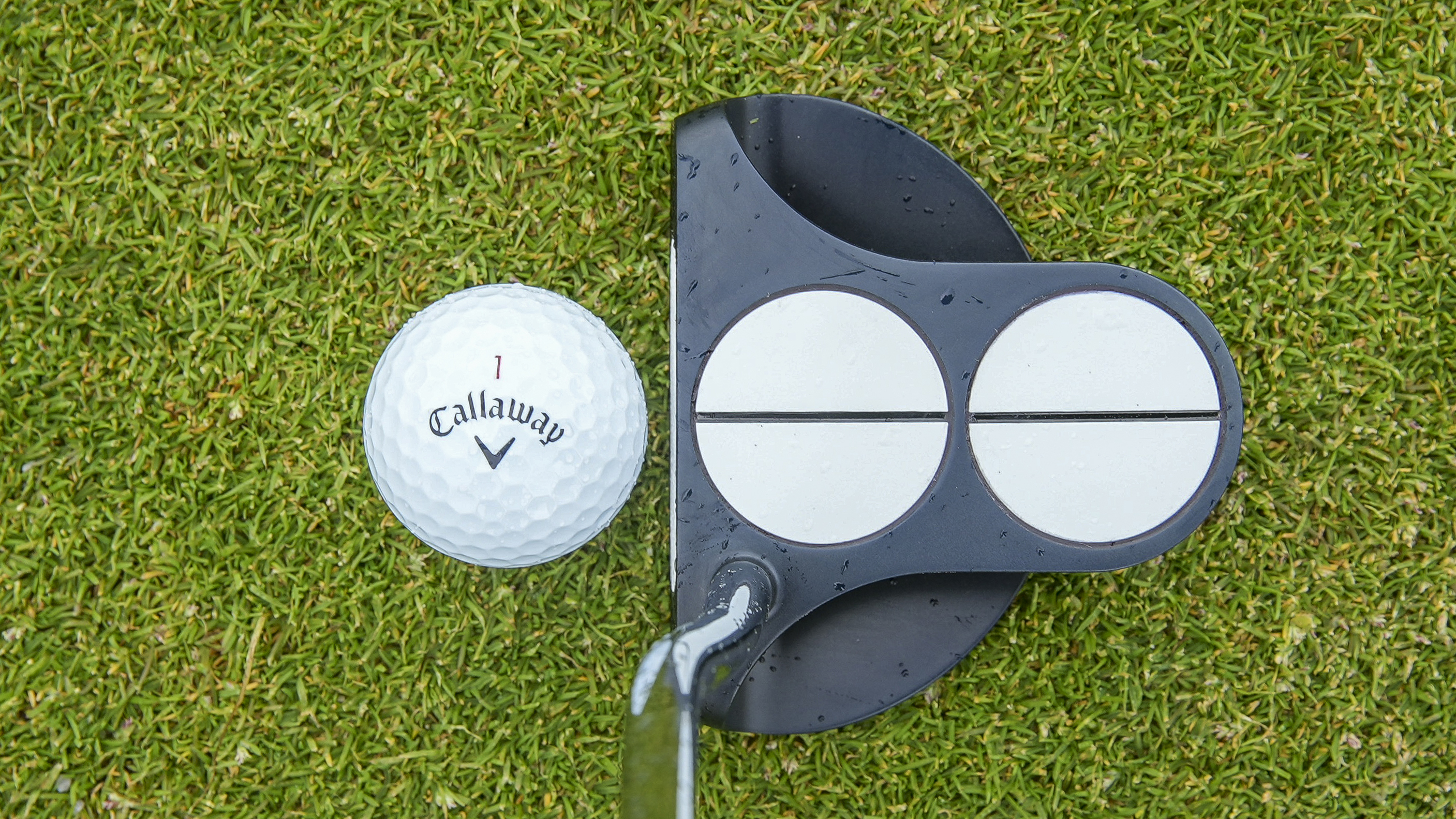
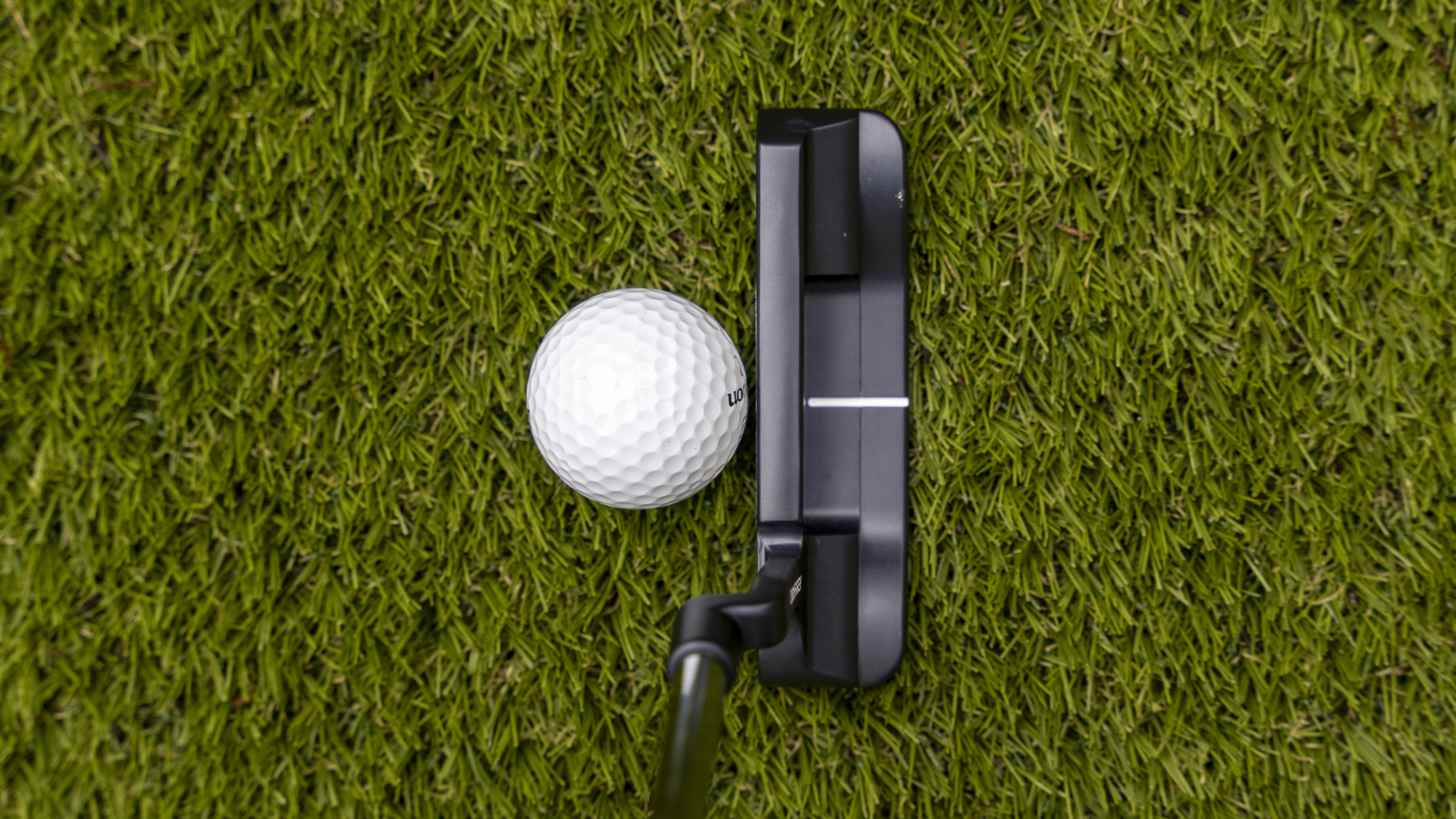

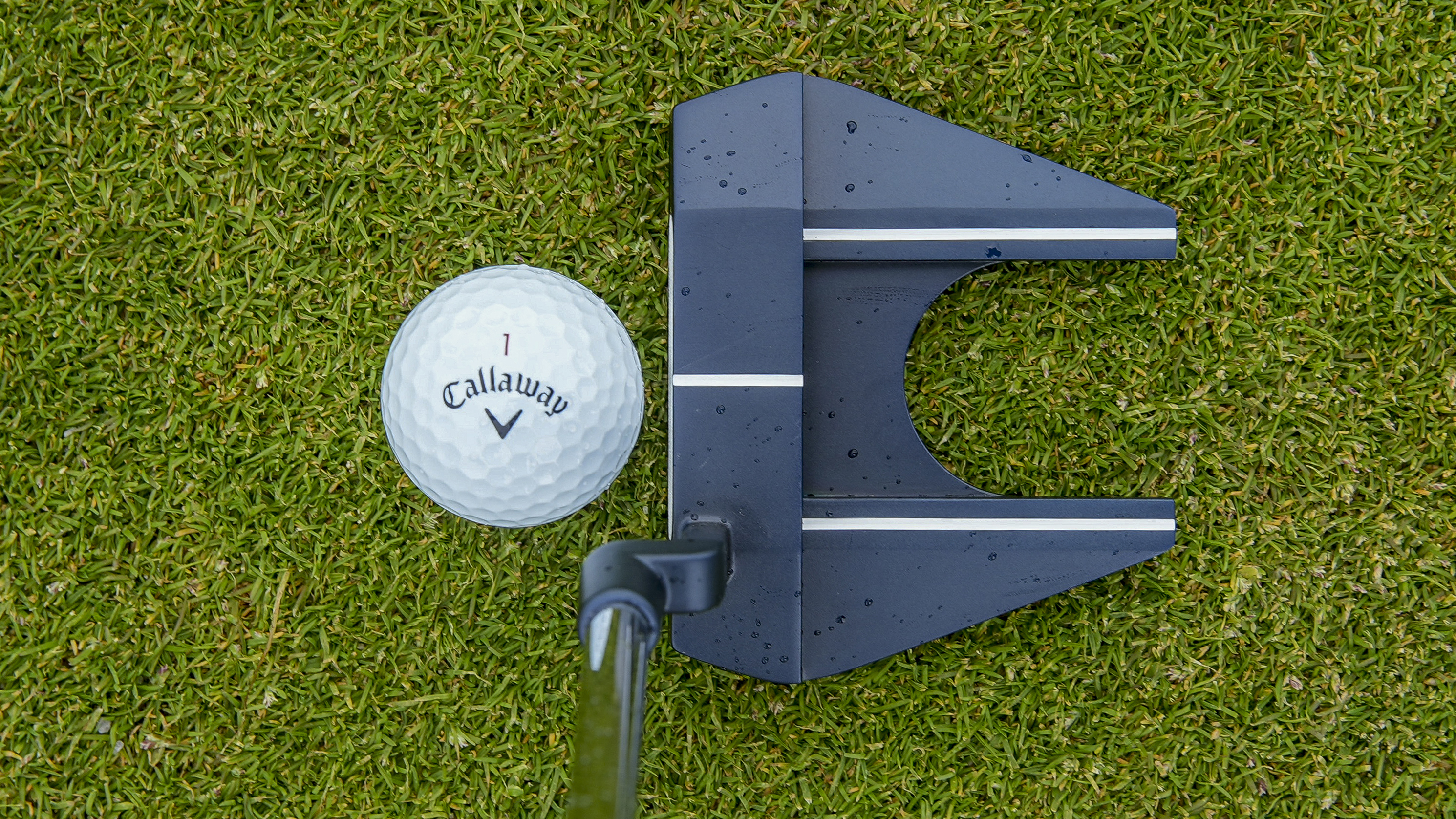
So how do you find out what suits your eye the best? Well, the most effective way is by using a laser in a custom fitting. A good fitter will ask you to line up putts of varying lengths, using various alignment cues, and ask when you are happy that you are lined up correctly. They will then place a laser on the face of the putter at right angles to see how close you are aiming to your intended target. This will give a great indication of which alignment cues might work best for you.

Joe has worked in the golf industry for nearly 20 years in a variety of roles. After a successful amateur career being involved in England squads at every age group, Joe completed his PGA degree qualification in 2014 as one of the top ten graduates in his training year and subsequently went on to become Head PGA Professional at Ryder Cup venue The Celtic Manor Resort. Equipment has always been a huge passion of Joe’s, and during his time at Celtic Manor, he headed up the National Fitting Centres for both Titleist and Taylormade. He’s excited to bring his knowledge of hardware to Golf Monthly in the form of equipment reviews and buying advice.
Joe lives in North Devon and still plays sporadically on the PGA West region circuit. His best round in recent years came earlier in 2023 where he managed a 9 under par 63 at Trevose GC in a Devon & Cornwall PGA Tournament.
Joe's current What's In The Bag?
Driver: Switch between TaylorMade Qi35 and Callaway Elyte TD - both with Fujikura Ventus Black 6-X
Fairway wood 1: TaylorMade BRNR Copper Mini Driver - Fujikura Ventus Black 7-X
Fairway wood 2: Callaway Apex UW 17˚- Fujikura Ventus Black 9-X
Irons: TaylorMade P7CB 3-PW with Dynamic Gold Tour Issue X100 shafts
Wedges: Callaway Opus 50, 54, and 60 degrees - Project X LS 6.0 shafts
Putter: LAB Golf Oz.1 (zero shaft lean)
Ball: TaylorMade 2024 TP5x
Grips: Golf Pride Tour Velvet 60R
Bag: Vessel Player IV Pro DXR Stand
-
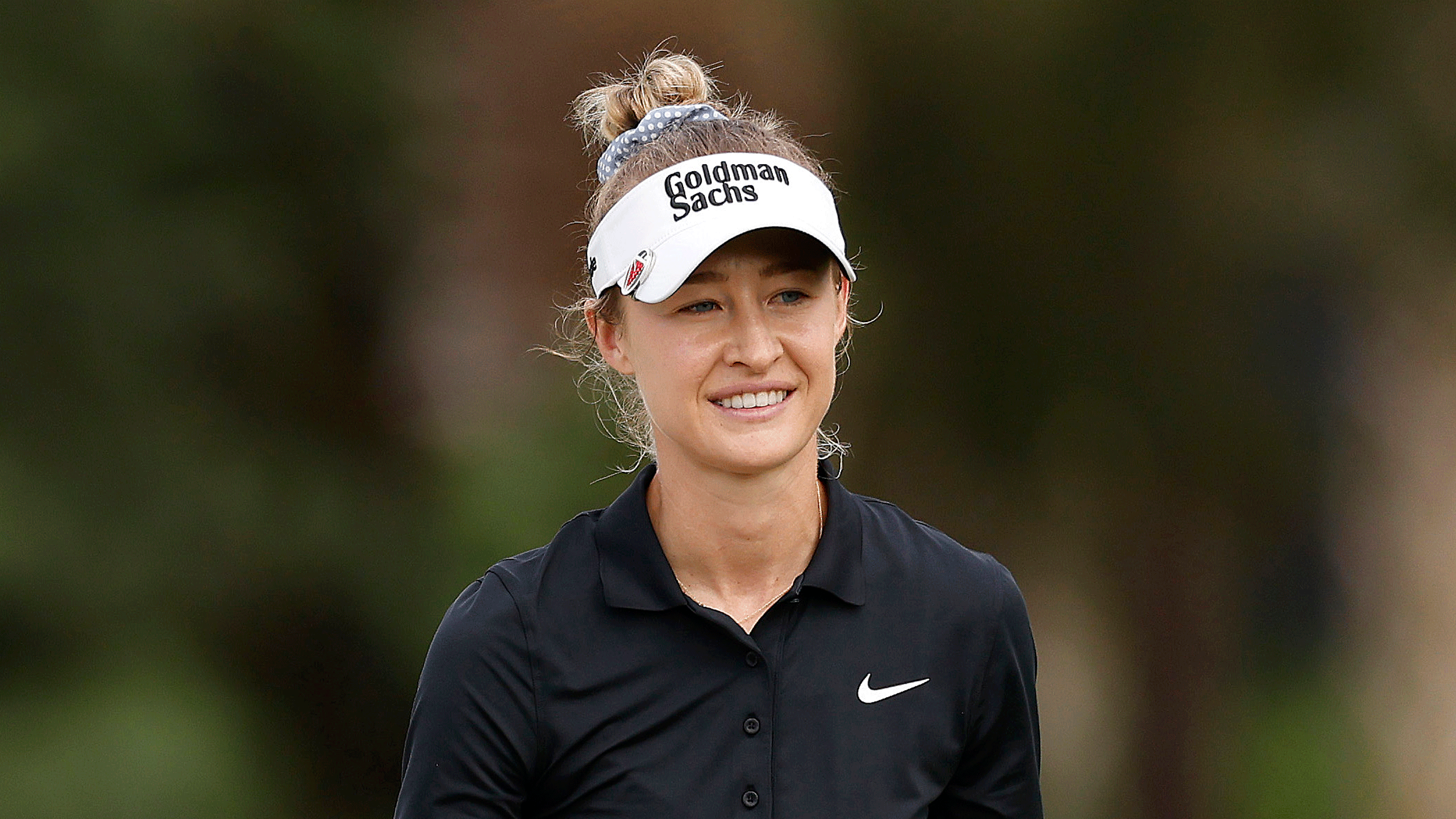 How Much Prize Money Has Nelly Korda Won In 2025?
How Much Prize Money Has Nelly Korda Won In 2025?The World No.2 may have gone winless in terms of trophies through 2025, but she still accumulated an incredible amount of prize money along the way...
-
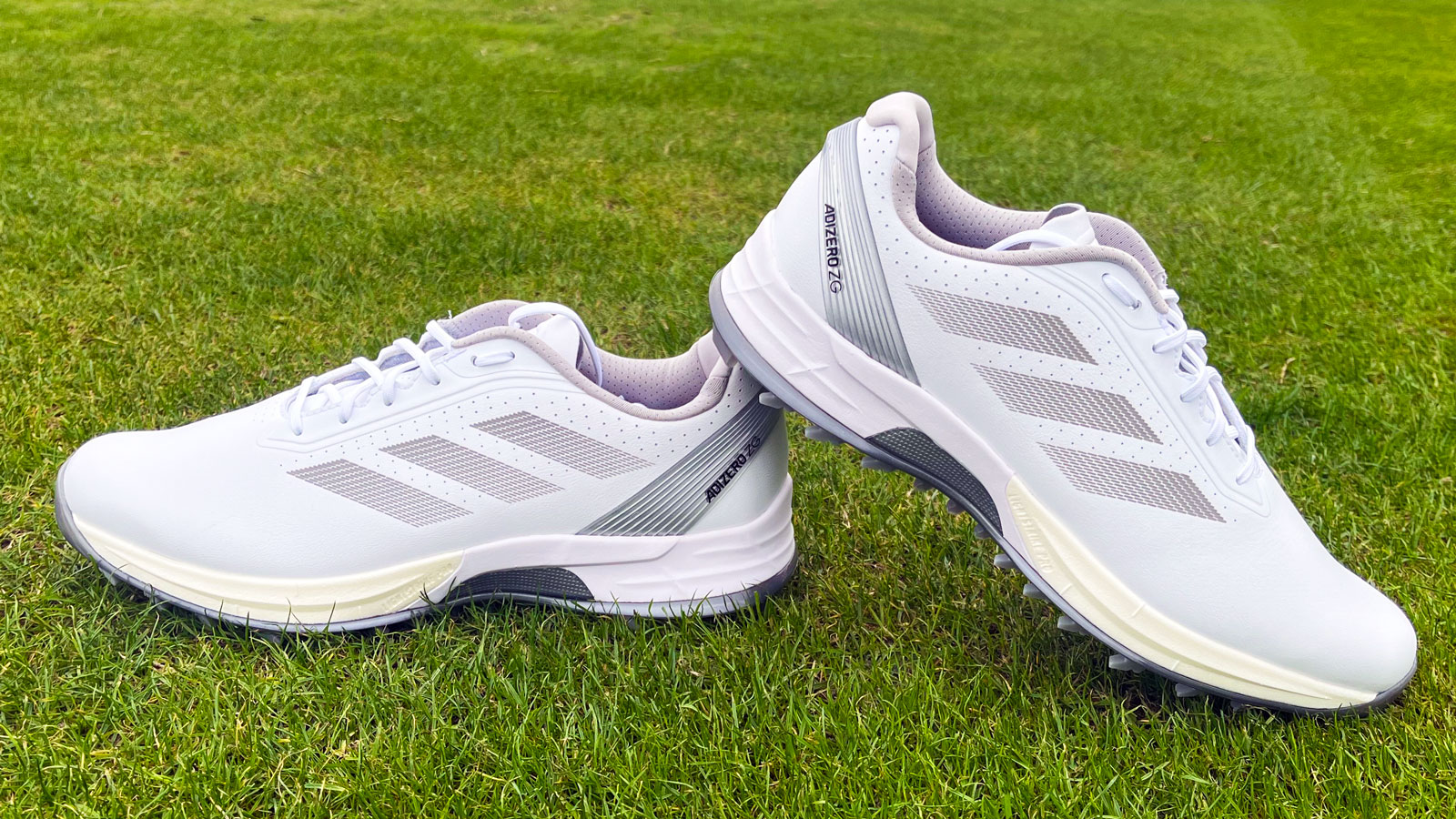 Our Favorite Spikeless Golf Shoe Is At The Lowest Price We've Seen, Making It The Ideal Last Minute Christmas Gift
Our Favorite Spikeless Golf Shoe Is At The Lowest Price We've Seen, Making It The Ideal Last Minute Christmas GiftThe Adizero ZG blew us away in testing as one of the most comfortable spikeless shoes we've tested. It comes highly recommended by our golfing experts and is now at its lowest ever price.
-
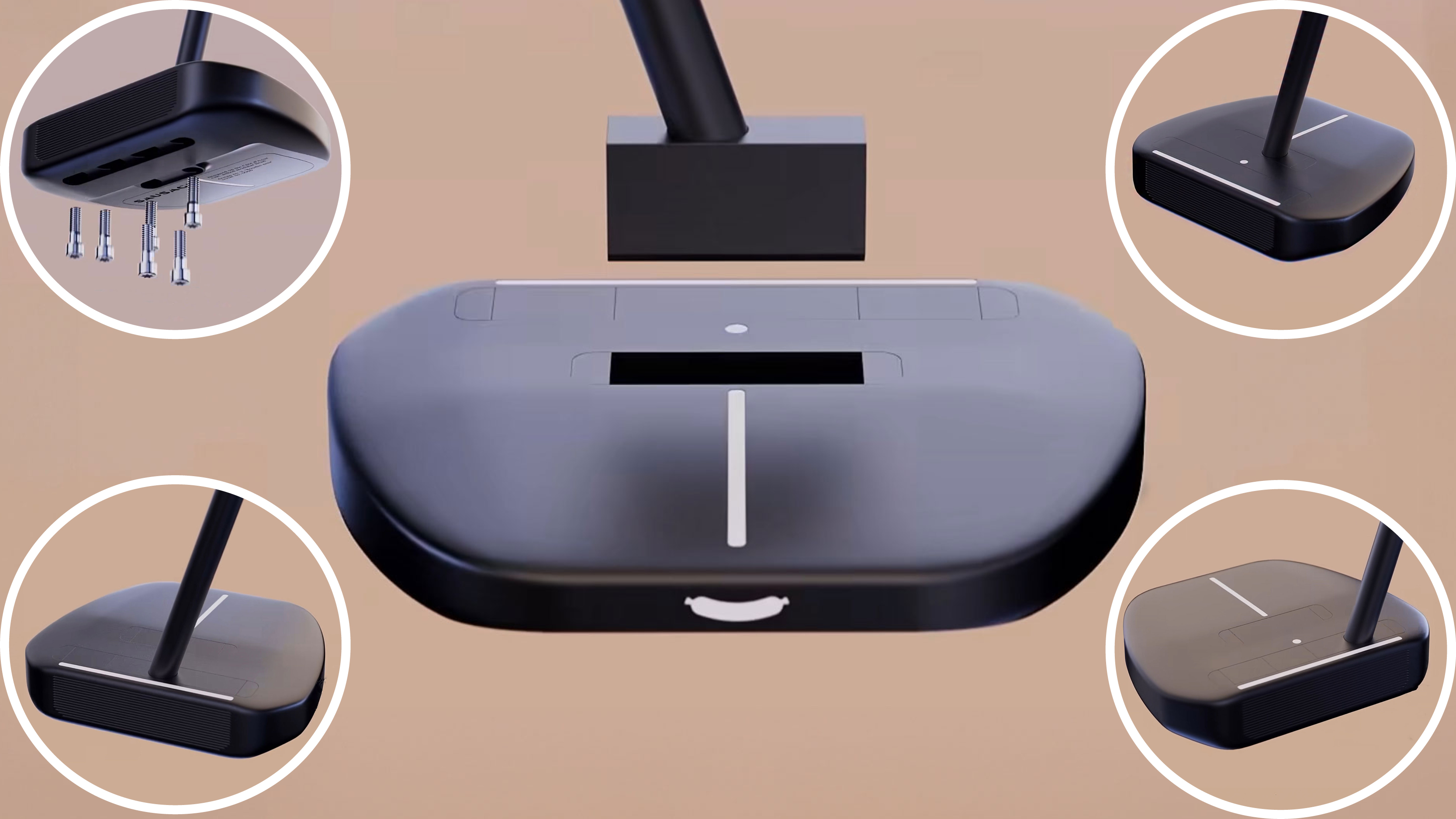 ‘I’ve Never Seen Anything Like It’ - Putters May Never Be The Same Again
‘I’ve Never Seen Anything Like It’ - Putters May Never Be The Same AgainWe take a look at an exciting and innovative new putter design from Sausage Golf - the Boudin Noir...
-
 Is The Blade Putter Dying Out On Tour?
Is The Blade Putter Dying Out On Tour?Gear tester and PGA Professional Joe Ferguson has noticed an interesting equipment trend in the professional game…
-
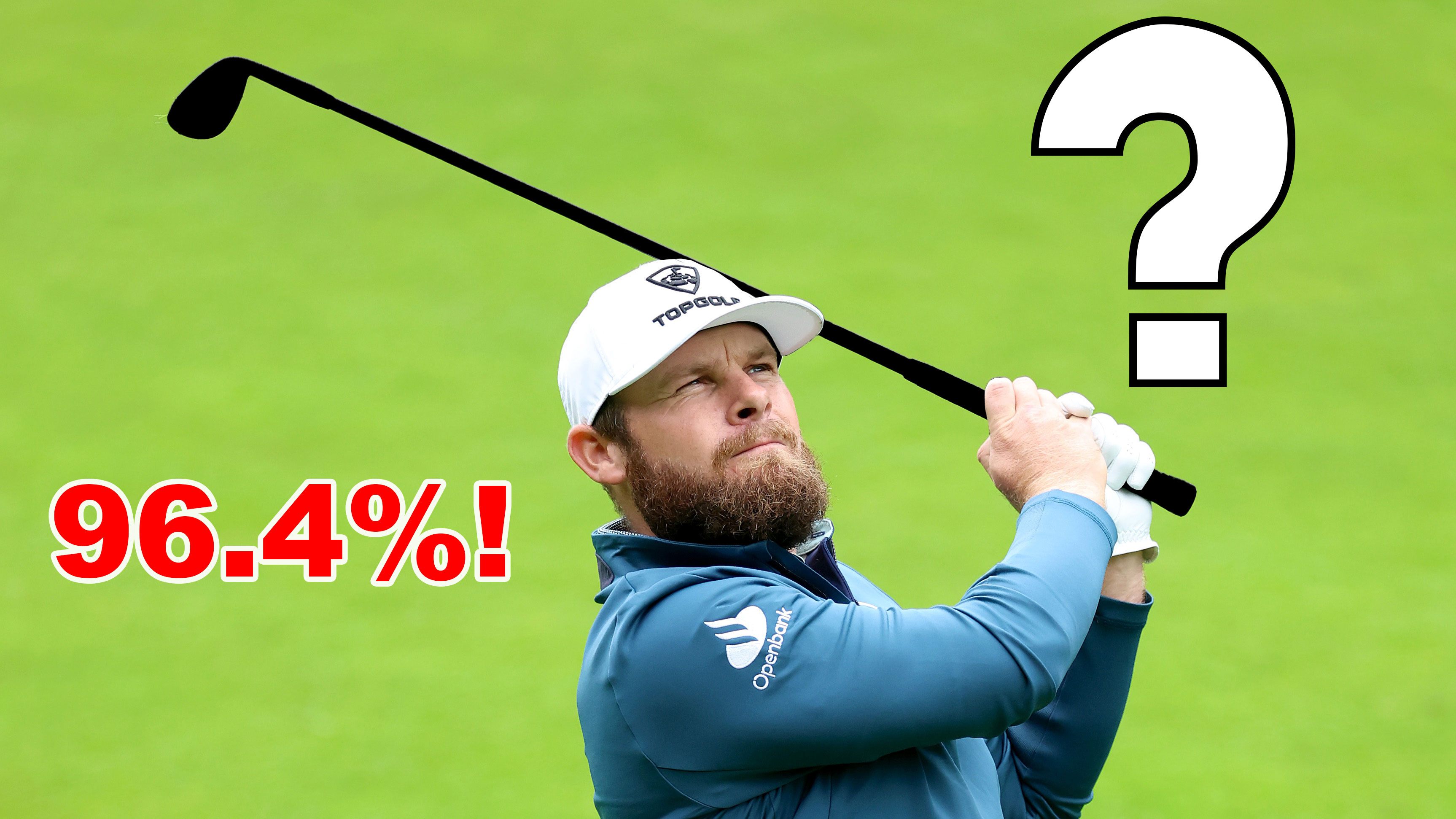 The One Piece of Equipment (Almost) Every Tour Pro Agrees On...
The One Piece of Equipment (Almost) Every Tour Pro Agrees On...We explore the remarkable dominance of one particular brand at the flagship event on the DP World Tour
-
 I’ve Interviewed Over 20 Tour Players About Their Equipment In The Past Year. Here Is What I Have Learned...
I’ve Interviewed Over 20 Tour Players About Their Equipment In The Past Year. Here Is What I Have Learned...PGA Professional Joe Ferguson has produced 'What's In The Bag' videos with some of the best players in the game, and there are some observations to be made...
-
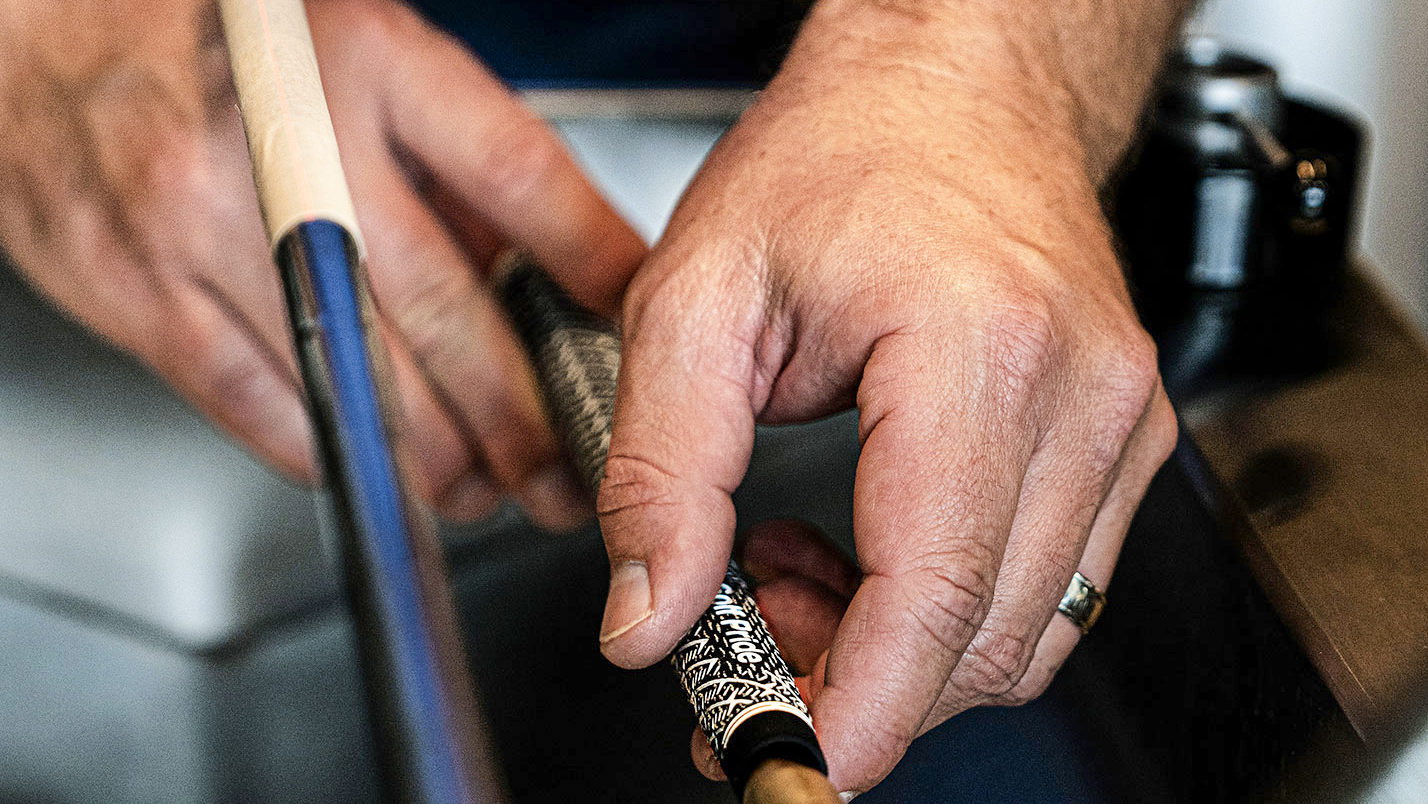 How Often Should You Change Your Grips?
How Often Should You Change Your Grips?We all know we can change and should change our grips, but how often should we be thinking about it?
-
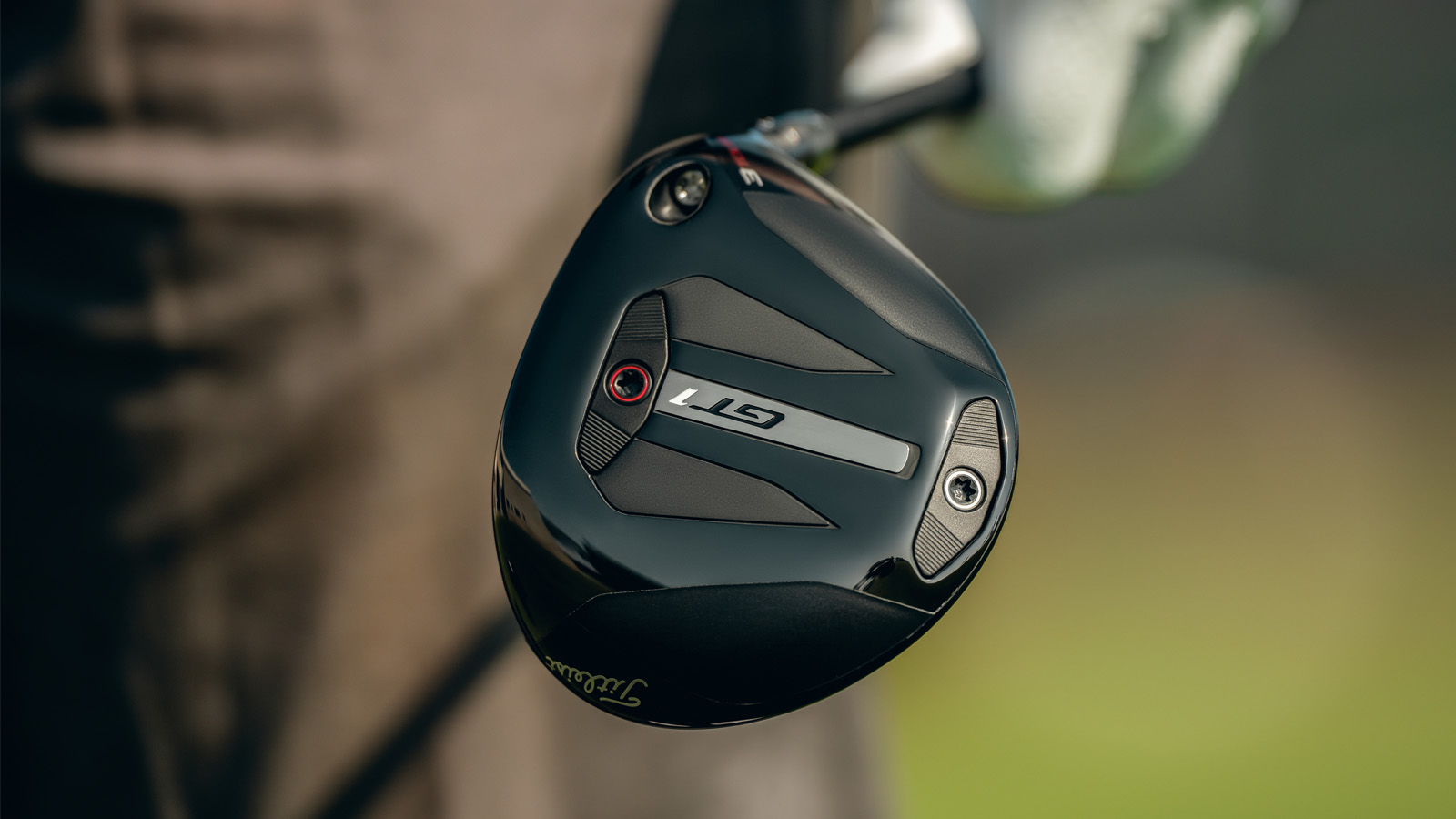 A Forgiving Fairway Wood Built For The Tour? Titleist Surprised Us All With This New Club
A Forgiving Fairway Wood Built For The Tour? Titleist Surprised Us All With This New ClubThe Titleist GT1 3Tour fairway wood is the brand's latest release, but what’s the story behind the design and which golfers is it likely to suit?
-
 Revealed: The Equipment Pro Golfers Use That Amateurs Can't Get Their Hands On
Revealed: The Equipment Pro Golfers Use That Amateurs Can't Get Their Hands OnAre we playing the same equipment as the professionals we watch week in, week out? Possibly not. Let's see what we might be missing...
-
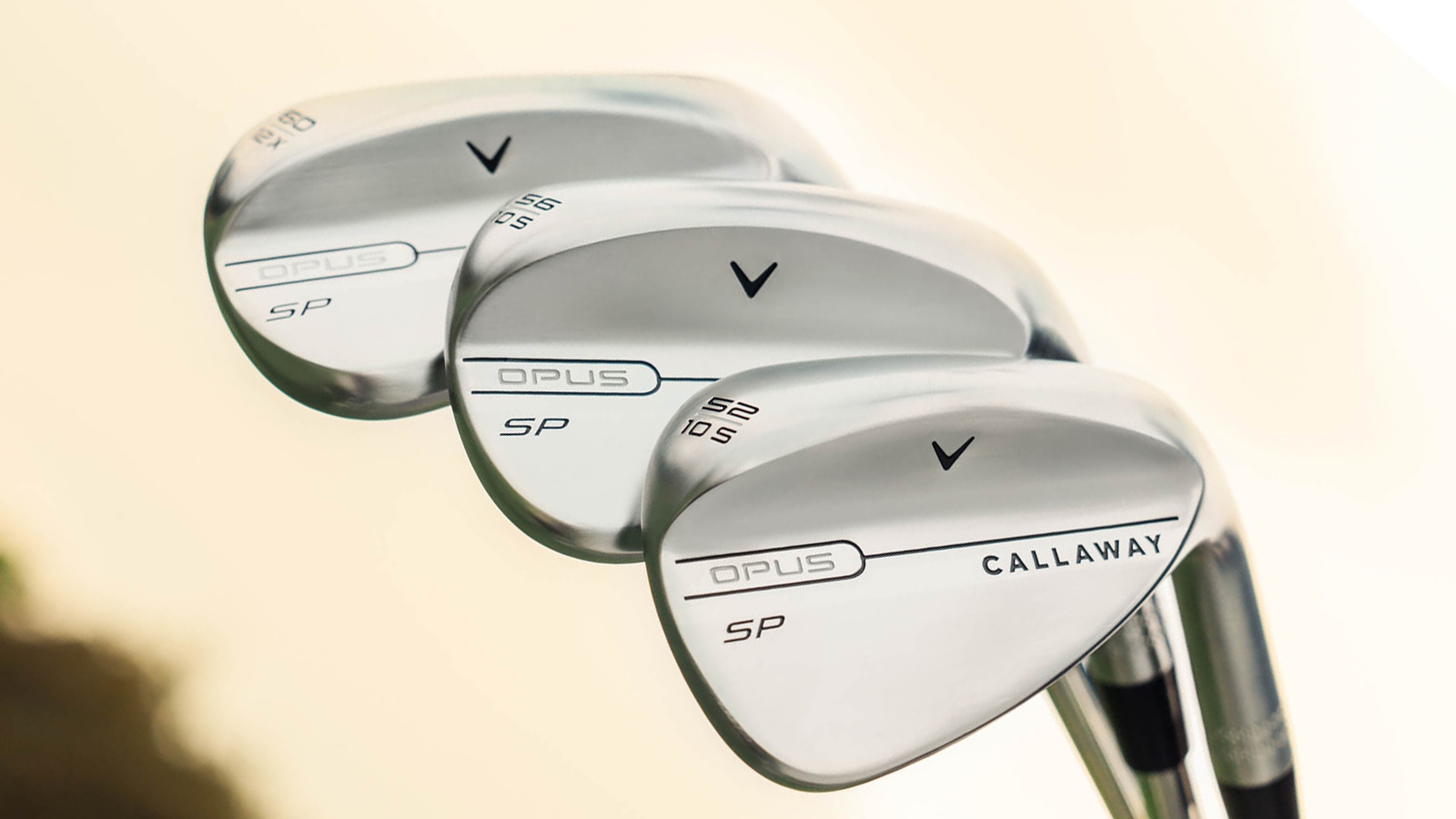 Why The Callaway Opus SP Wedges Could Take Your Short Game To New Heights
Why The Callaway Opus SP Wedges Could Take Your Short Game To New HeightsWe take a look at the design and features of the new Callaway Opus SP wedges